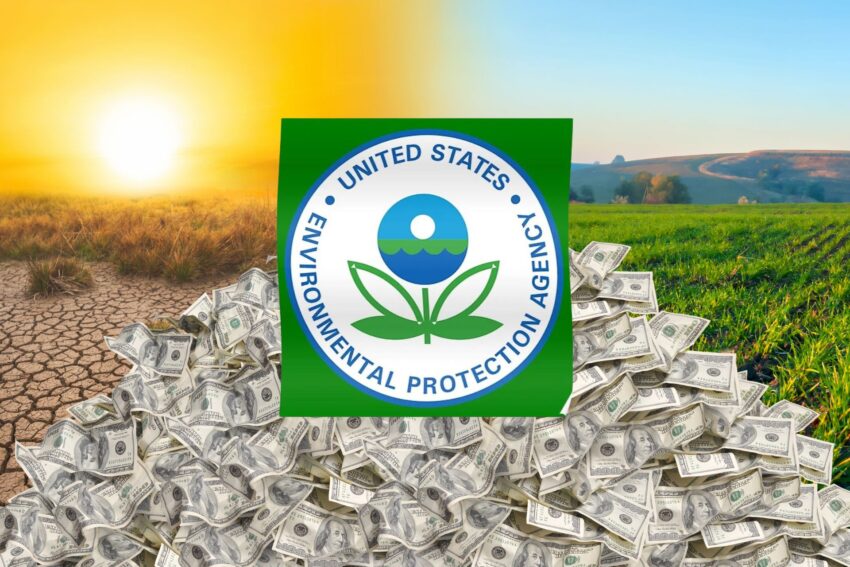The Environmental Protection Agency’s (EPA) announcement of a whopping $4.3 billion in grants to reduce climate pollution has left some farmers scratching their heads and raising eyebrows. While the funds are intended to support projects across 30 states, including “climate smart” agriculture initiatives and emission reduction efforts, many farmers are skeptical about the potential benefits for small, family-owned operations.
The Environmental Protection Agency announced more than $4.3 billion in grants to reduce climate pollution in projects across 30 states, looking to reduce nearly 1 billion metric tons of carbon dioxide with the funds.
Ag Policy Editor @ChrisClaytonDTN reports:… pic.twitter.com/lr8GSLM7FB
— DTN/Progressive Farmer (@dtnpf) July 22, 2024
One of the main concerns is that the grants may not reach the farmers who need them the most. Large, commercial farms with the resources to navigate the application process and meet the grant requirements may be the primary beneficiaries, leaving small farmers in the dust. This could widen the already significant gap between large-scale agribusiness and the struggling family farm.
Moreover, some farmers worry that the focus on “smart agriculture” and emission reduction may not align with their immediate needs and priorities. While politicians bleat on about reducing greenhouse gas emissions, small farmers often face more pressing challenges, such as access to credit, affordable inputs, and market stability. The $4.3 billion in grants might be better spent addressing these fundamental issues rather than promoting technologies that may be out of reach for many small operations.
Additionally, there are concerns that the EPA’s climate payouts could lead to unintended consequences for small farmers. For example, if the grants incentivize large farms to adopt emission reduction technologies, it could create a competitive advantage for them, making it even harder for small farmers to compete. This could further consolidate the agricultural industry, leaving small farmers struggling to survive.
In conclusion, while the EPA’s $4.3 billion climate payouts are seemingly well-intentioned, they may not be the panacea for small farmers that some envision. To truly support family farms and promote sustainable agriculture, policymakers need to consider the unique challenges faced by small operations and tailor solutions that address their specific needs. Perhaps, instead of focusing solely on climate change mitigation, the EPA could consider how the funds could be used to strengthen rural communities, improve access to credit, and support local food systems. After all, a healthy, diverse agricultural sector is essential for both the environment and the economy.


